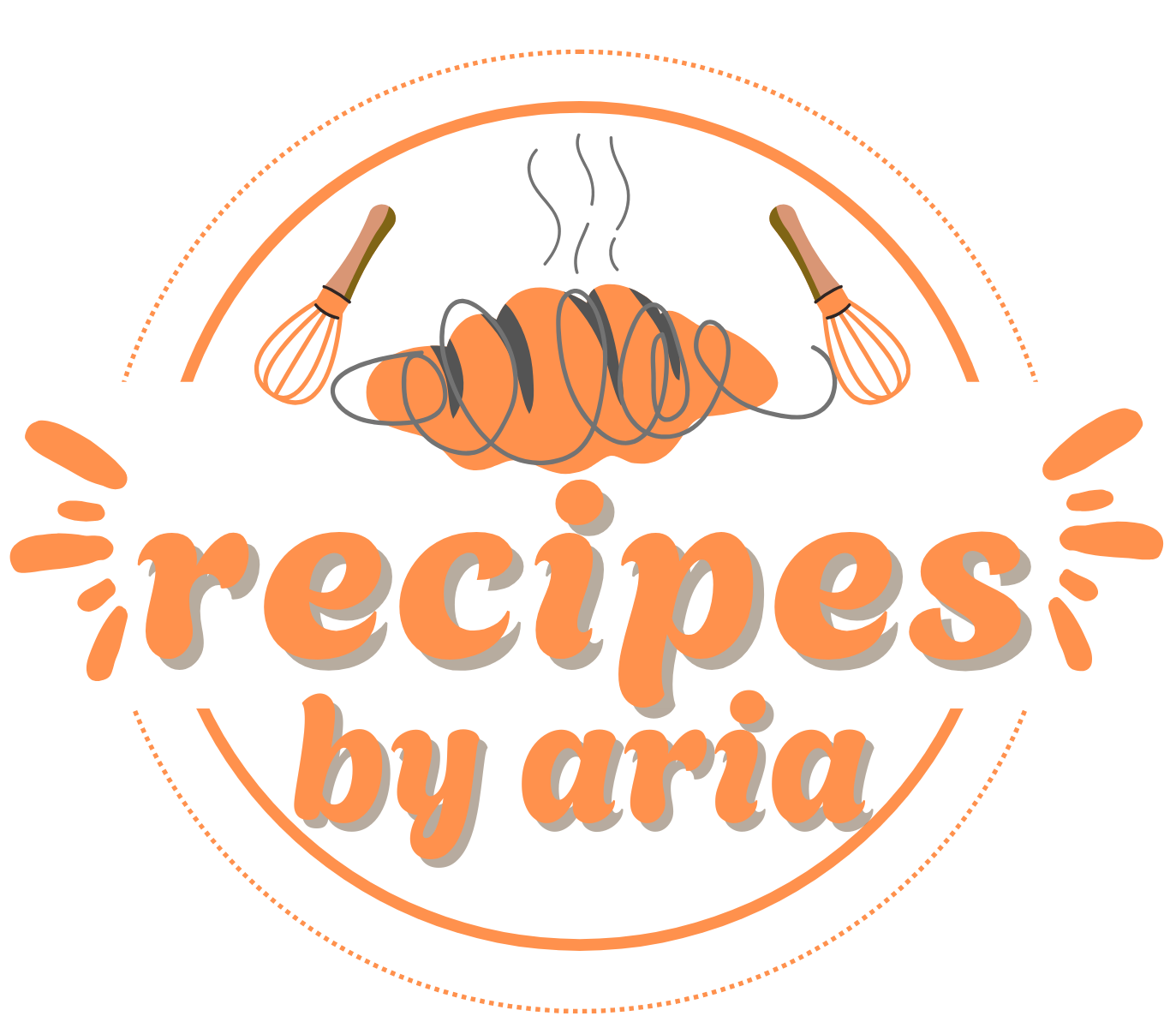This Slow Cooked Scottish Beef Stew is the epitome of comfort food, bringing together tender chunks of beef, hearty root vegetables, and a deep, rich sauce infused with red wine and fragrant herbs. Slow cooked to perfection, every bite melts in your mouth, making it the ideal dish for a cozy night in. The rustic combination of simple ingredients delivers a robust and satisfying flavor that warms both the body and soul.
Pair this traditional stew with freshly baked bread to soak up every last drop of the luscious gravy. Whether served as a hearty meal on a cold winter evening or as a celebratory dish for Burns Night, this stew is a testament to the timeless appeal of slow cooked, home style cooking. The depth of flavors, the tender meat, and the velvety sauce make this a recipe to cherish and pass down for generations.
Full Recipe:
Ingredients:
- 2 tbsp vegetable oil
- 1 kg (2.2 lbs) Aberdeen Angus braising/stewing beef, chopped into bite size chunks
- 2 tbsp plain (all purpose) flour, mixed with a pinch of salt and pepper
- 2 large onions, peeled and chopped
- 3 cloves garlic, peeled and crushed
- 2 tbsp red currant jelly (or cranberry sauce)
- 500 ml (2 cups + 1 tbsp) red wine
- 2 large carrots, peeled and chopped
- 2 medium potatoes, peeled and chopped
- ½ small swede, peeled and chopped
- 700 ml (3 cups minus 1 tbsp) beef stock (or water plus 2 stock cubes)
- 2 tbsp tomato puree
- 1 tbsp Worcestershire sauce
- 4 bay leaves
- 2 tsp dark brown sugar
- ¾ tsp salt
- ¾ tsp crushed black pepper
- Fresh thyme sprigs (for serving)
- Fresh bread chunks (for serving)
Directions:
- Preheat the oven to 160°C/325°F (fan).
- Heat the vegetable oil in a large pan. Dust the beef chunks in the seasoned flour, then fry them in the oil for 7-8 minutes until golden brown all over.
- Add the chopped onions and cook for another 5 minutes, stirring occasionally. Stir in the crushed garlic, followed by the red currant jelly, then pour in the red wine. Let it simmer for 5 minutes.
- Add the carrots, potatoes, swede, beef stock, tomato puree, Worcestershire sauce, bay leaves, sugar, salt, and pepper. Bring the mixture to a gentle boil.
- Cover with a lid and transfer to the oven. Cook for 3-4 hours, stirring occasionally. Alternatively, cook in a slow cooker on high for 5-6 hours or low for 7-8 hours.
- Once the beef is tender and falling apart, serve hot, garnished with fresh thyme, and enjoy with chunks of fresh bread.
Prep Time: 10 minutes | Cooking Time: 4 hours | Total Time: 4 hours 10 minutes
Kcal: 548 kcal | Servings: 6 servings
Slow Cooked Scottish Beef Stew: A Hearty and Traditional Dish
Scottish cuisine is renowned for its deep, comforting flavors, and Slow Cooked Scottish Beef Stew is a perfect example of a dish that embodies tradition, warmth, and nourishment. This rich and hearty stew has been a staple in Scottish households for generations, often enjoyed during the cold winter months when a hot, slow cooked meal is most appreciated. With its tender beef, root vegetables, and a deliciously rich sauce infused with red wine and herbs, this dish brings out the essence of slow cooking at its finest.
Whether served on Burns Night, a celebration honoring Scotland’s famous poet Robert Burns, or simply as a cozy meal on a chilly evening, this stew is a beloved comfort food that has stood the test of time. The depth of flavor, the rustic charm, and the nourishing ingredients make it a must try for anyone who appreciates a good, home cooked meal.
The Origins and Significance of Scottish Beef Stew
Scottish cuisine has long been centered around simple, locally available ingredients, and stews have played a significant role in the country’s food history. Scotland’s cold and often harsh climate called for meals that were both sustaining and easy to prepare, using cuts of meat that benefited from long, slow cooking.
Historically, stews like this one were cooked over an open fire in cast iron pots or cauldrons, allowing the meat to tenderize while the flavors developed over several hours. These stews were not only nourishing but also economical, making use of affordable cuts of beef that would otherwise be tough if cooked too quickly. The inclusion of root vegetables like carrots, potatoes, and swede (also known as rutabaga) further enhanced the heartiness of the dish, ensuring that it could feed an entire family with ease.
In modern times, this stew remains a comforting and traditional dish, often made for family gatherings, holidays, and special occasions. The slow cooking process allows the beef to become incredibly tender, while the combination of wine, stock, and aromatic seasonings creates a depth of flavor that is simply irresistible.
What Makes This Scottish Beef Stew Unique?
One of the defining characteristics of Scottish Beef Stew is its rich, flavorful broth. Unlike some lighter beef stews, this dish incorporates red wine and red currant jelly or cranberry sauce, which add a slight sweetness and complexity to the sauce. The wine helps to enhance the depth of the beef’s natural flavors, while the red currant jelly balances the acidity, creating a beautifully well-rounded taste.
Additionally, this stew is versatile. While it is commonly cooked in the oven, it can also be made in a slow cooker, making it incredibly convenient for those who prefer a “set it and forget it” approach. The long, slow cooking time ensures that the beef becomes fork-tender, making it easy to enjoy with minimal effort.
Another notable feature of this recipe is the use of bay leaves, Worcestershire sauce, and tomato puree, which contribute to the umami-rich undertones that elevate the dish from a simple meat and vegetable stew to something deeply flavorful and satisfying.
The Best Type of Beef for Slow Cooking
Selecting the right cut of beef is essential for making the perfect Scottish Beef Stew. Since the dish requires long cooking times, it is best to use tougher cuts of meat that contain more connective tissue and marbling. These cuts break down beautifully over time, resulting in melt in your mouth tenderness.
The two best options for this stew are:
- Chuck Steak (Braising Steak): This cut comes from the shoulder area of the cow and is well known for its rich flavor and high collagen content. When slow cooked, it becomes incredibly tender and flavorful, making it the preferred choice for stews.
- Silverside (Bottom Round): A leaner cut from the hindquarters, silverside is less fatty than chuck but still works well for slow cooking. Since it lacks as much marbling, it’s important to ensure that the cooking liquid is rich and flavorful to compensate.
The Importance of Slow Cooking
The key to making a perfect Scottish Beef Stew is allowing enough time for the ingredients to develop and meld together. Cooking the stew at a low temperature for several hours allows the flavors to intensify, while the beef becomes tender and easily shreds apart with a fork.
Slow cooking also gives the root vegetables time to absorb the rich broth, making every bite full of deep, savory flavors. The carrots, potatoes, and swede soften beautifully without becoming mushy, adding texture and natural sweetness to the dish.
Whether cooked in the oven or a slow cooker, patience is key. The low and slow method ensures that every spoonful is infused with rich, meaty goodness, making it well worth the wait.
How to Serve Scottish Beef Stew
To fully enjoy this hearty and warming dish, it’s important to pair it with the right accompaniments. Here are some classic serving suggestions:
- Freshly Baked Bread: Thick slices of rustic bread (such as sourdough or a crusty baguette) are perfect for soaking up the flavorful broth.
- Mashed Potatoes: For an extra layer of comfort, serve the stew over creamy mashed potatoes, allowing the sauce to seep into every bite.
- Crispy Roast Potatoes: If you prefer a little crunch, roasted potatoes make a fantastic side dish, adding a delightful contrast in texture.
- Steamed Greens: A side of steamed kale, green beans, or cabbage helps balance the richness of the stew and adds a nutritious touch.
Can This Stew Be Made in Advance?
Absolutely! In fact, Scottish Beef Stew often tastes even better the next day as the flavors continue to develop. Here’s how you can store and reheat it:
- Refrigeration: Once cooled, store the stew in an airtight container in the refrigerator for up to two days.
- Freezing: If you’d like to freeze leftovers, allow the stew to cool completely before transferring it to a freezer-safe container. It can be stored for up to three months.
- Reheating: To reheat, simply warm the stew over medium-low heat in a saucepan, stirring occasionally until it’s piping hot throughout. You can also reheat it in the microwave, but be sure to stir it in between intervals to ensure even heating.
Conclusion:
Slow Cooked Scottish Beef Stew is a timeless dish that celebrates the beauty of slow cooking and rich, hearty flavors. With its tender beef, flavorful broth, and nourishing vegetables, it’s the ultimate comfort meal for cold weather or any occasion that calls for a warm, satisfying dish.
This stew brings together centuries of Scottish culinary tradition, combining simple, wholesome ingredients with a slow cooking process that maximizes flavor and tenderness. Whether you enjoy it as a family dinner, a festive Burns Night meal, or a make ahead dish for busy days, it’s a recipe that never fails to impress.
With a little patience and the right ingredients, this traditional Scottish dish will transport you to the rolling hills and cozy kitchens of Scotland, offering a taste of heritage with every delicious bite.






